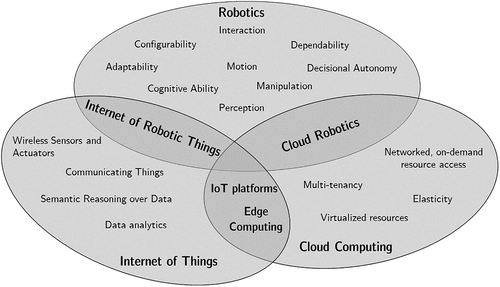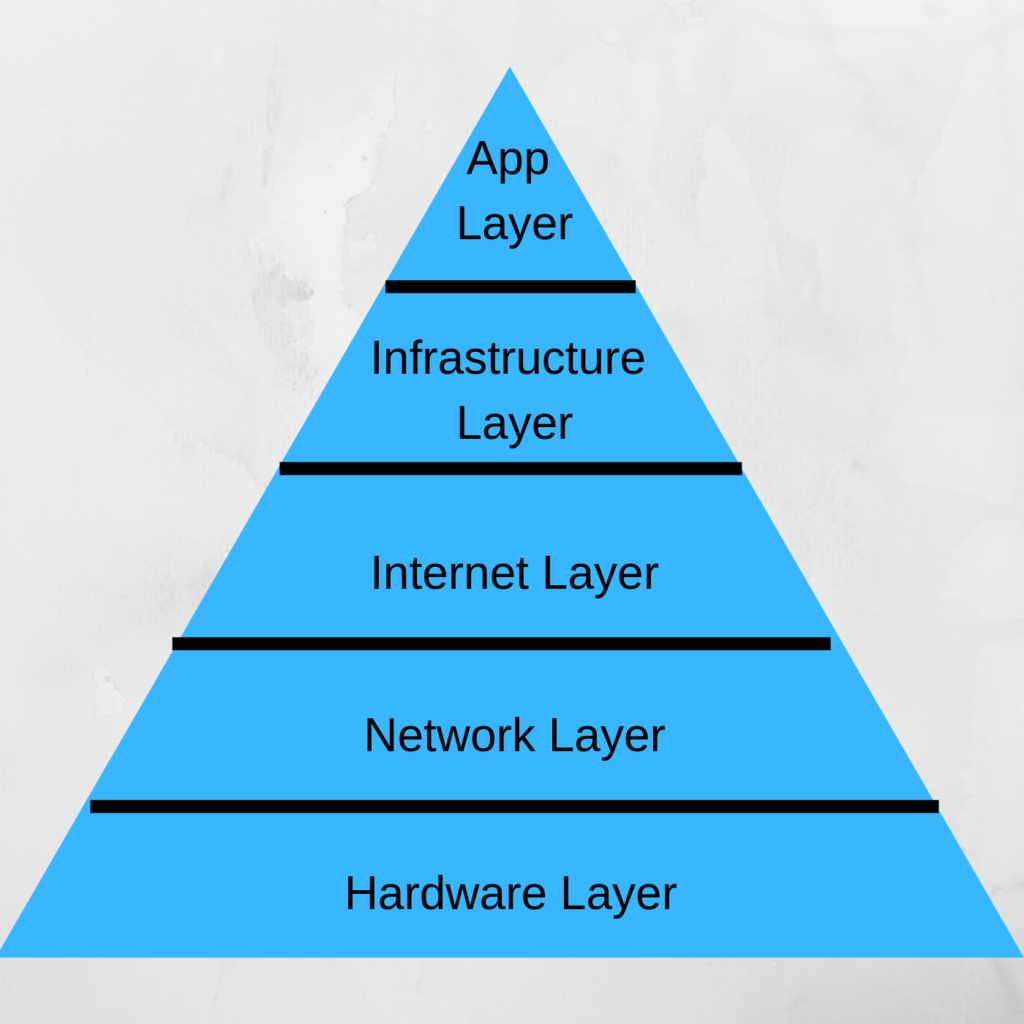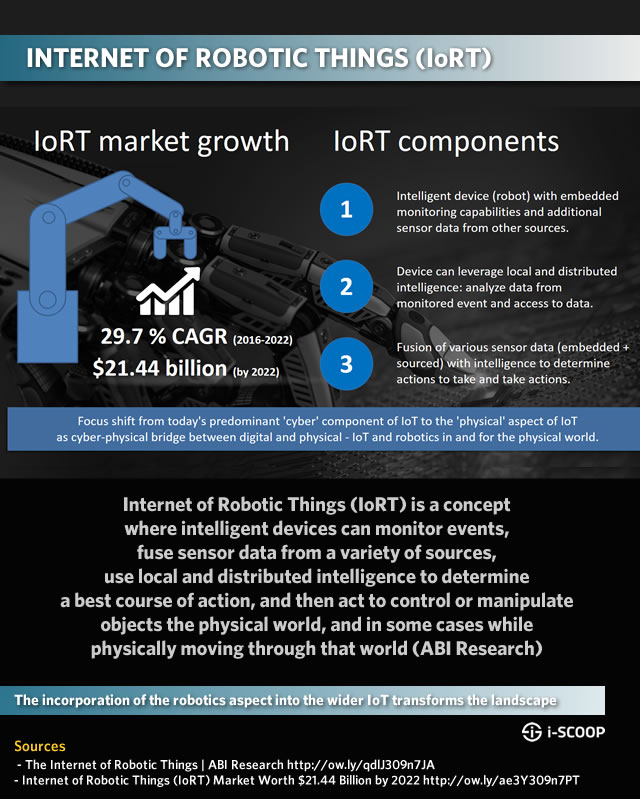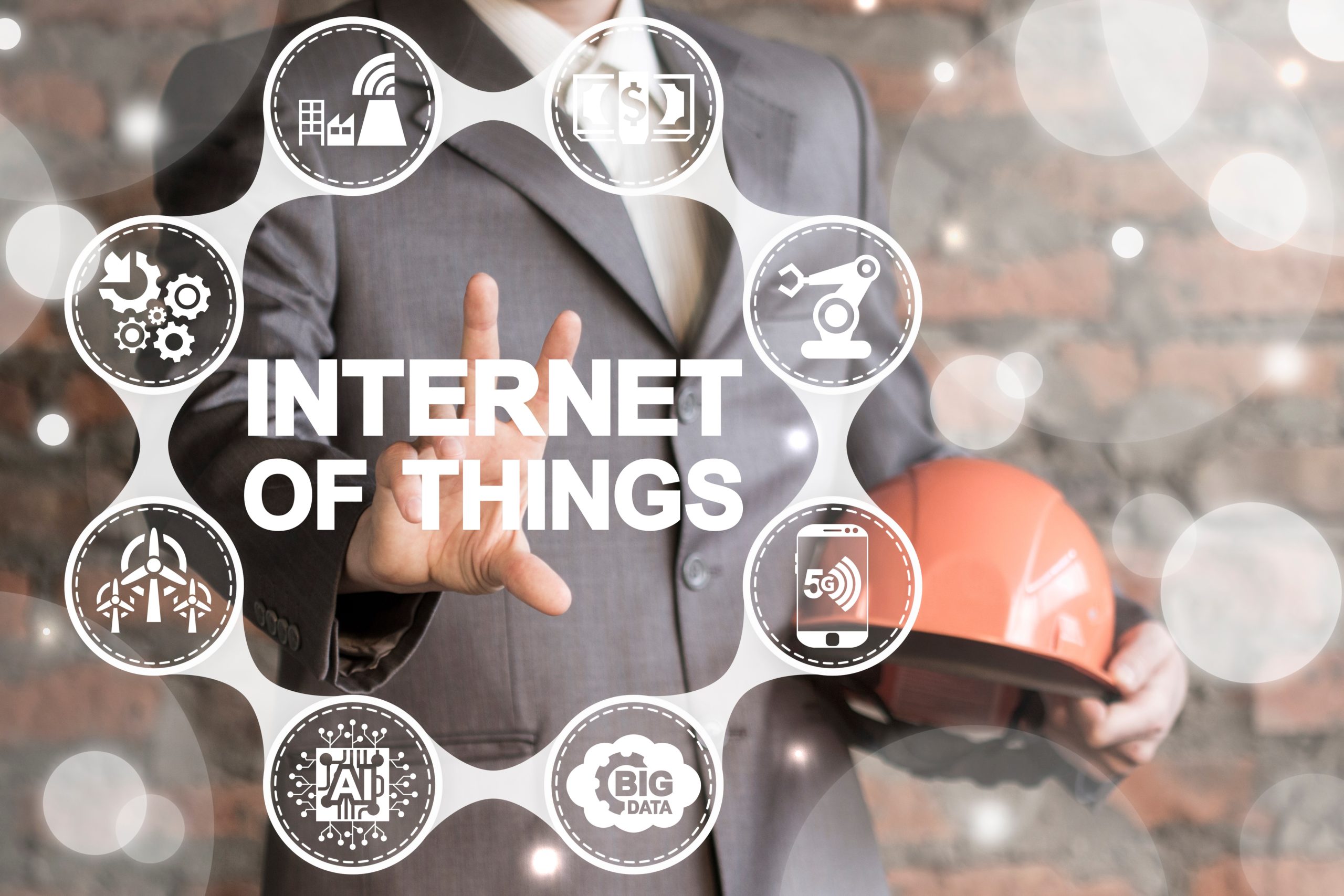IoRT- An Introduction
In the year 1999 British Innovator Kevin Ashton coined the term Internet of Things which has become a buzzword for the past couple of years. Similarly, back in the year 1920 Czech writer Karel Capek in his play RUR first used the word robot which comes from the Slavic word ‘robota’ meaning ‘forced labour’, mixing the two words together we get our new kid in the industry is IoRT (Internet of Robotic Things). As it happens in the concept of IoT, the everyday devices or “things” which usually do not have internet are powered with internet and related technologies such as cloud computing. Similarly in IoRT, the ‘things’ are Robots which are used for Industrial applications and are now connected to various networks such as internet and can move their data to sophisticated cloud platforms. Therefore, it is closely related to the foundations of Industry 4.0 rather than IIoT (Industrial Internet of Things) which are often confused to be the same but are not. The scope of IoRT can be from mere monitoring of the robot to overall process optimisation and predictive maintenance (wherein you can predict the future errors well in advance by virtue of machine learning). The Venn diagram below shows us the intersection of the three different technologies robotics, IoT and cloud computing.

Source: Pieter Simoens, Mauro Dragone, and Alessandro Saffiotti “The Internet of Robotic Things: A review of concept, added value and applications”, International Journal of Advanced Robotic Systems
How does it work?
To cite, Ray, Partha Pratim. “Internet of Robotic Things: Concept, Technologies, and Challenges.” IEEE Access 4 (2016): 9489-9500, The architecture of Internet of Robotic Things can be divided into 5 layers namely: (1) the hardware/robotic things layer: comprising of physical components such as the robots and its sensors, (2) the network layer: consisting of connectivity options such as WiFi, ZigBee,etc. (3) the internet layer: this being the most crucial layer of the architecture here various energy efficient and robust communication protocols such as MQTT(Message Queuing Telemetry Transport), IP(Internet Protocol), (4) infrastructure layer: in this layer the cloud computing platform and various machine learning tools come into picture. These can be integrated with various robotic tools such as ROS(Robotic Operating System) here, and (5) the application layer: this is the topmost layer of the architecture which helps in widening the user experience and here the end-user of the robot gets to see the desired outcome of the IoRT implementation on the robot, as shown in figure below

Some scenarios of IoRT are applicable to a connected factory where in the Robot data is monitored in real-time in the cloud as well as the robots maintenance is and performance optimization takes place well in advance. Another scenario which has been implemented by some companies is the concept where the Robot data from the factory is synced in real-time with the cloud and the actuation happens accordingly so that the productivity is high and no robot remains idle in the production line, this way it is ensured that the process of manufacturing never comes to a halt even because of the slightest of the error or faults in the robot. One of the most challenging scenarios in the industry is to develop a software platform, which is independent of the Robot being connected to it i.e. different robots but all connected to one software platform on the cloud, via this the user experience and remote monitoring solutions become simplified to leaps and bounds in this.
What does it mean for the Industry?
A report, released end 2016, by Markets and Markets predicts that the Internet of Robotic Things market will be worth approximately $21.44 billion by 2022. Basically, the Industry looks forward to IoRT as a major boost in the overall production and maintenance. There will be longer life for the robots, ease and reduction in maintenance, more accessibility, increase in the throughput of production. Those who invested early in the Internet of Things domain are the one who are reaping the benefits today. Robotics giants KUKA and ABB not just have their own robots but also their own cloud platforms and data centres. IoRT is a major game changer in terms of overall cost effectiveness of the robot and its life. Earlier if the robot installed at a factory would have some issues perhaps how big or small, the customer service of the manufacturer would have to be called, then the manufacturer would send the service engineer to the factory considering the tyranny of distance adding further delay to the sweet time in solving the issue, even when the maintenance engineer is there further time is required for inspection and servicing, whereas with the implementation of IoRT the entire process is a matter of few minutes, faster decisions can be made and the robot can be up and running in no time as all the issues are not just well tracked but well categorised as well.

source:https://www.i-scoop.eu/internet-of-things-guide/internet-robotic-things-iort/
To put it bluntly, IoRT saves time and money for both the manufacturer and the buyer. Even the tons of data so generated from the robot can be harnessed to help in future development thereby increasing the overall quality and performance of the robots, one of the major outcomes of doing data analytics in IoRT is increasing the adaptability of the robot with changing requirements. The gulf between the machines and humans is reduced to greater magnitudes.
At Systemantics
Systemantics being one of the pioneers in the robotic industry has set our feet in this direction. We at Systemantics are building solutions which are in line with Industry 4.0, the robots will be powered with IoT and the data will be logged into our IoT platform both in real-time (live streaming) as well as files will be logged into the cloud platform offering better insights into the data generated from the robot. The customers (end-users) will get access to the Machine View as well as the Factory View. The machine view comprises of production dashboards which display the various datas such as temperature, gripper state, etc. of every single joint of the robot in real-time, then comes the factory view where the data of each robot which is installed in a factory can be viewed and monitored, for any issues the alerts will be generated automatically in the dashboards. Our Engineers at Systemantics will be able to access remotely every single robot deployed anywhere across the globe by virtue of our Global View, by this we will be providing better assistance and servicing to our customers. Not, just that by virtue of file logging our customers will be able to configure the robot remotely over the internet. Thus, we will deliver the best of Sensible Robotics to our clients.
In Conclusion:
At Systemantics, we indigenously design and manufacture industrial robotic arms that will enable widespread adoption of flexible automation. Our flagship products ASYSTR 600 and ASYSTR 400 are innovatively designed, industry 4.0 ready and are available at highly competitive price points. We are constantly driving to make robots that bring great value to the shop floor with our innovations, technology and support.
You can reach us at sales@systemantics.com or call us at +91 9880056714 to understand more.


